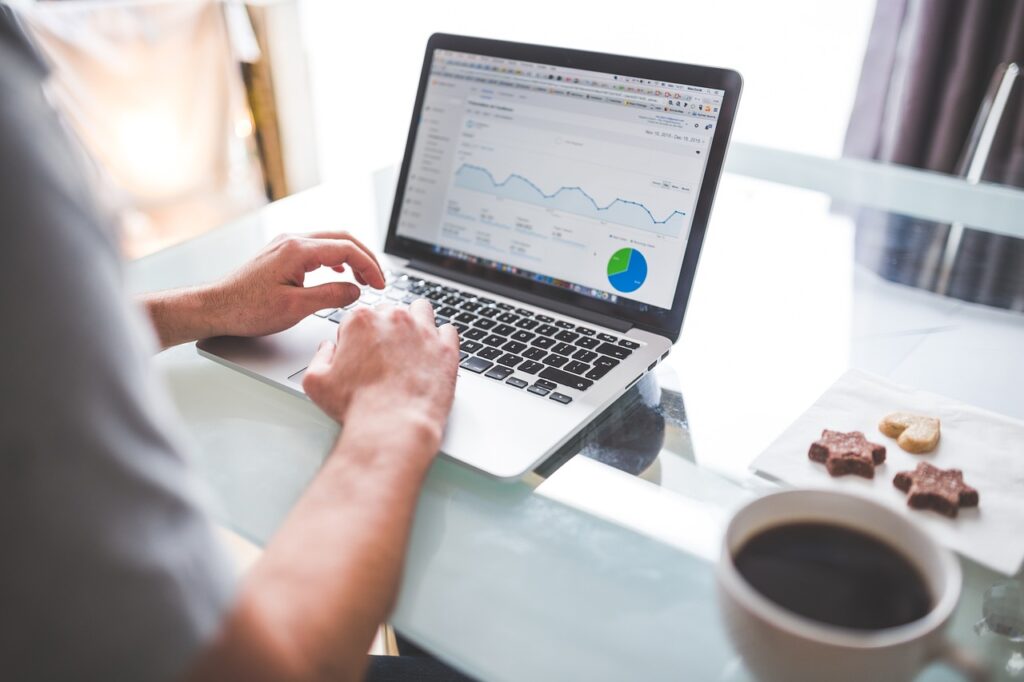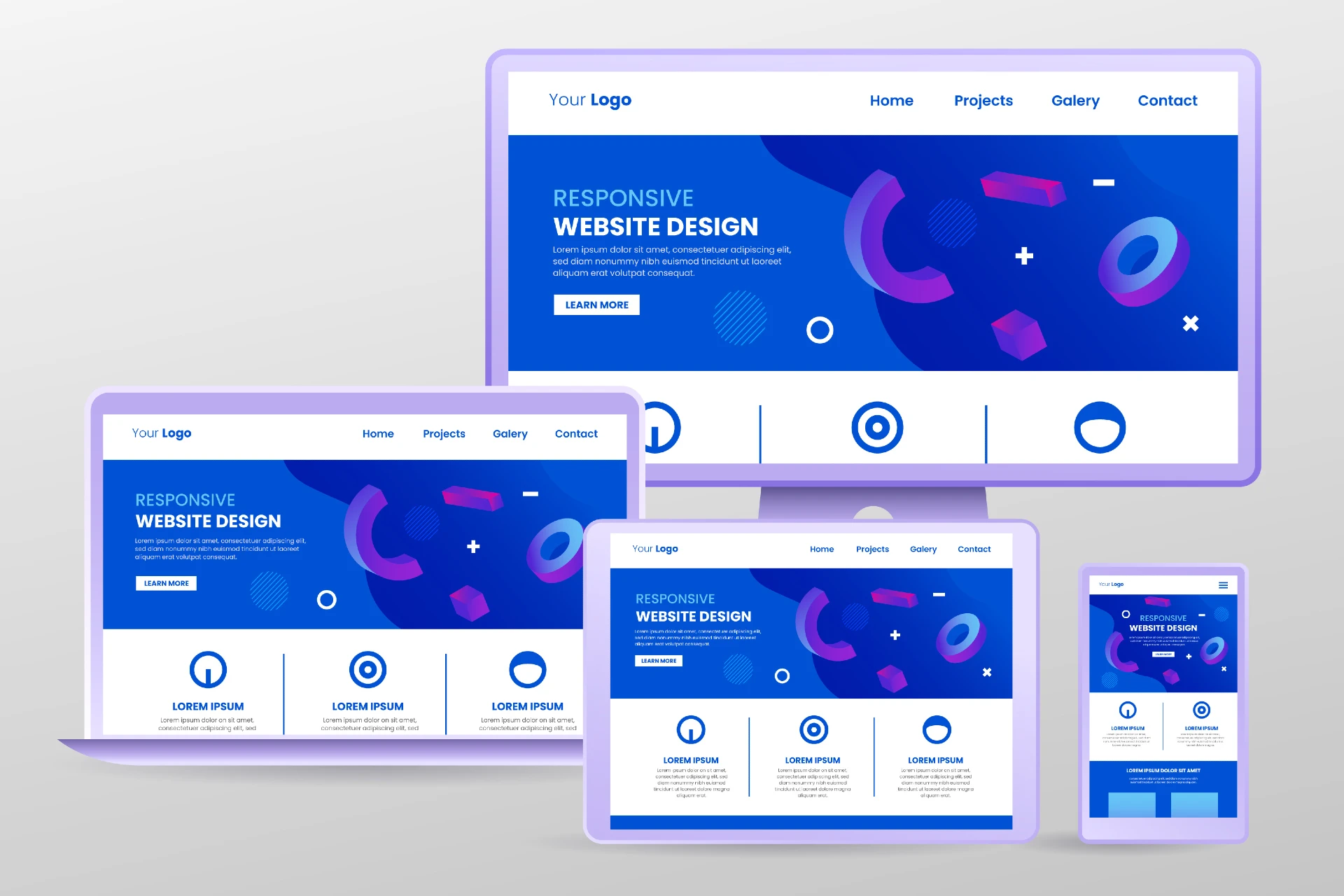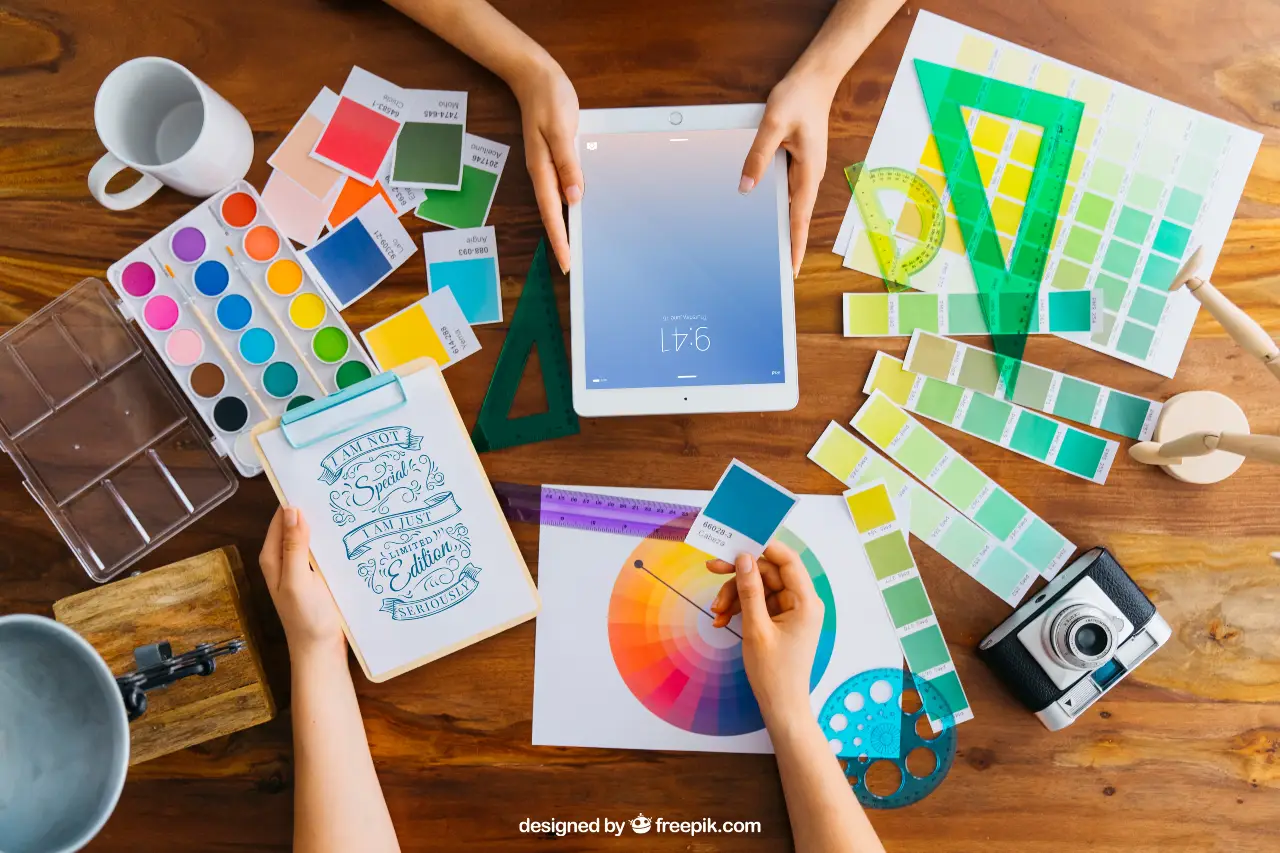The website is an online shop for interaction, engagement, and influence in selling and promoting products and services. “On-page” and “Off-page SEO” are the digital marketing methods to promote and boost the online presence. Googlebot Optimization is an in-depth process of boosting your website performance.
Optimizing the search engine refers to optimizing the crawler bot responsible for finding your website and pages through the following links (URL). Google is the most popular search engine platform used by millions of people in their daily lives. Careful configuration of the “important sources” of Googlebot in the website will boost the performance of your website in Google.
This blog will guide you to Googlebot optimization for better accessibility, crawling, indexing, and optimization to all other devices. This is a guide for beginners who do not have any knowledge of technical SEO.

Know How Google Perceives Your Website
Googlebot perceives your site distinctively from a human perspective. It is better to run tests on tools like the “URL inspection tool and Rich Result tool”, to understand how Google (Googlebot) perceives your website.
Googlebot or Spider bot is responsible for finding your website and indexing new pages. For example, this is how Googlebot sees an image (without alt text) on your website and will surprise you. In the example, the website uses a particular JavaScript feature (not supported by Google).
The image uses a JAVASCRIPT feature thus, the Googlebot won’t be able to see the image as a user can see.
Test the Links for “Googlebot Optimization”
The function of the Googlebot is to follow links (URL) to new links. It navigates through the web of links and fetches information on the new page to index and redirect queries. It all started with a website (central home page) then publishing new content related to your products creating new pages.
In those, blogs or articles integrate new links or existing links of authentic (sitemaps submitted to Google) sources to create credibility for your web pages.
Googlebot perceives every URL (Link) as it is first and treats it as the only URL to see on your site. Therefore, follow these steps to make Googlebot crawl and index every URL listed on your website.
- Using of <a> element; Google recommended using this element for better crawling of Googlebot. It’s like a signboard directing the Googlebot to crawl over to this findable page to boost the traceable presence of this targeted page. Make sure the referring link includes:
- Alt attributes
- images
- texts integrated with inbound links
- Submit a good Sitemap; A sitemap is a file that directs the crawler and shares the information related to your videos, images, the home page, product page, etc. It helps the bot to crawl intelligently on your website.
- If you are using a JavaScript application (only one HTML page), then integrate links in each screen and individual page.
Optimizing JavaScrip to accommodate Googlebot
When you develop a website there will be limitations and differences while Google runs a JAVASCRIPT application. You need to take an account and accordingly optimize the JavaScript to support the crawler for better rendering of your webpage content.
Updating Google About the Content
Crawling and Indexing is an important part of your SEO. Think of it like you letting the authorities know about your new shop in the area so, you get listed. Crawler helps users to know about your website for related queries. A query is a keyword, users use this keyword to find information related to their interests. Crawlers use this keyword and redirect to millions of URLs to find the related information. Thus, it’s necessary to use high-quality keywords for better indexing.
However, the information is outdated after some period, and you need to update Google about your new information. One should follow these steps to stay relevant;
- Always submit sitemaps for quick indexing.
- You can direct Google to re-crawl over the new page.
- Check for log errors, if it’s troubleshooting.
Proper Optimization of Metadata
Googlebot can read texts over photos, and videos. It cannot read a text inside the video but can read the text on the HTML page. Texts are visible to “Googlebot” and they can read the text as normally as any user. So it’s important that while Google searches Googlebot must understand the context of your page.
Follow these Google-prescribed steps, those are;
- Express the visual content into text form meaning using <alt attribute> to the images and videos. Explain the context of the visual content.
- Proper use, of meta title/descriptive title or meta description to increase crawling and drive traffic to the website.
- Google does not render and index content (requires a plugin) like JavaScript & Silverlight. Using Semantic HTML markup helps better rendering instead of using Plug-in.
- Googlebot rejects any content that is not part of the DOM. It will be better to make the content accessible in the DOM.
Googlebot Optimization for Different Interfaces
Googlebot is an automatic software that can crawl and index automatically. However, it would optimize the crawling if you were informed about the different interfaces of your pages or content: mobile view, tablet view, or computer view.
You can apply these steps to optimize the Googlebot for the right view mode;
- Reduce duplicate URLs
- Inform Google of the local version
- Optimize your AMP pages for crawling
Googlebot Optimization for Blocking and Controlling
Google allows you to request specific optimization for targeted crawling on distinguishing pages. Surprising! You can block and control crawling to drive target traffic to some special pages. Here are some ways to block crawling;
- Use a login or password-protect page to block Googlebot to see. It will restrict Googlebots from finding your page.
- Use a Robot.txt. file to create a crawl map for the Googlebot, what to see.
- Use a “noindex” tag to direct “Googlebot” not to index any page but allow only crawling.
Engaging Rich User Interface Results of Your Sites
A rich user interface result will boost the click-through rate because it engages with the target audience and comforts their senses to lure them in. It included attractive HD images, and videos, incorporated with styling plug-ins. This enhances the site’s traffic and CTR. Which eventually brings your site to a high rank of 0 or 1.
Conclusion
About 71% of SEO is optimization of the Googlebot algorithm. This is a part of the technical SEO. It includes understanding the function of the “Googlebot” and how it will interact with your content and site. There are norms and techniques involved in optimizing your site’s URL.
In an SEO process URL is the backbone and holds a significant position. Googlebot follows quality credible URLs (crawling) and stores accordingly (indexes) your website pages. However, the “Googlebot” doesn’t have eyes to see videos and images but it can read texts so keywords play a crucial role in search results according to the queries.
Careful integration of keywords into the URL led the spider bot to crawl efficiently to the new pages. Submitting sitemap files to Google helps the crawlers to direct them to the new pages. Google recommends using fewer duplicate URLs and always integrating new URLs.
New content always plays a crucial role and gives you a ranking advantage but updating old content increases the credibility and authoritativeness over ranking. Special files like robot.txt. directs and increases crawling. You can control and direct the spider bot to crawl or fetch over specific pages to increase rank visibility.
Use the “noindex tag” to restrict the bot from fetching information over irrelevant pages and allow crawling but prevent indexing of a specific page. Submitting a sitemap brings intelligent crawling and credibility to the URL. The magic of the SEO revolves around URL optimization. As some of the greatest SEO experts tell us;
” Sure you can always find examples of site ranking and all you see in their backlink profile is tons of free directories and cheap blog posts, but 95% of the time the way you get ranked is having a really solid on-page SEO strategy coupled with a high-quality backlink profile.” According to Arnie Kuenn.
“No website can stand without a strong backbone. And that backbone is technical SEO.” According to Neil Patel.
However, solving the puzzle of SEO is 50% of the total digital marketing process. Still, many experts believe content plays a major role about 30% alone if it is user-first content.
FAQs
What is SEO While Web Designing?
SEO in web designing refers to optimizing technical aspects of “Googlebot”. This includes using quality links, and keyword relevancy to increase the CT rate for boosting the rank of your website irrespective of the queries.
Why is Googlebot Optimization good for your Website?
Optimizing Googlebot helps your website to crawl faster and increases the chance of indexing the page according to the relevant keyword query search.
What is SEO in HTML?
HTML helps Google to fetch website information efficiently. It increases the visibility of the website and enhances its credibility.
What is JavaScript optimization under Googlebot optimization?
This is a process of technical SEO to optimize the JavaScript for easy crawling, indexing, and fetching. Thus rendering your website will be easier for the googlebot.




